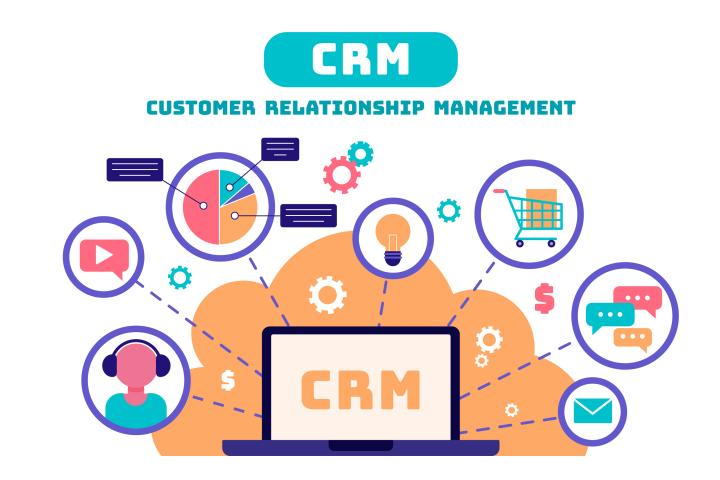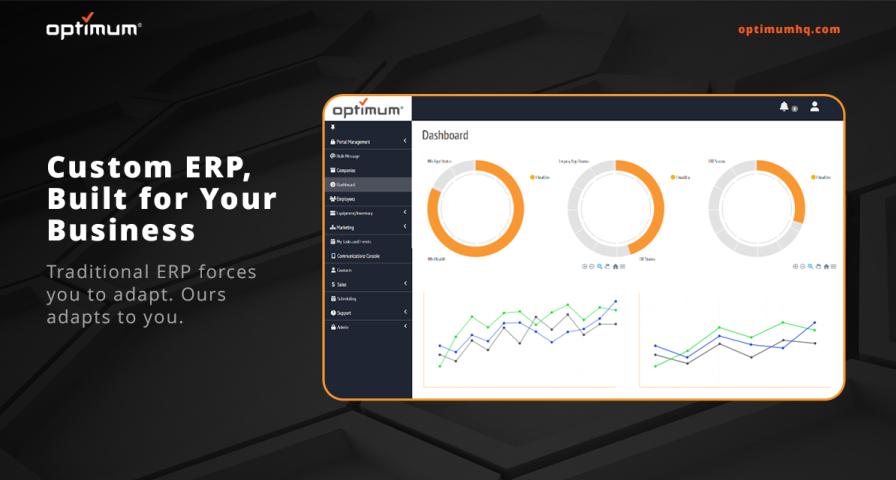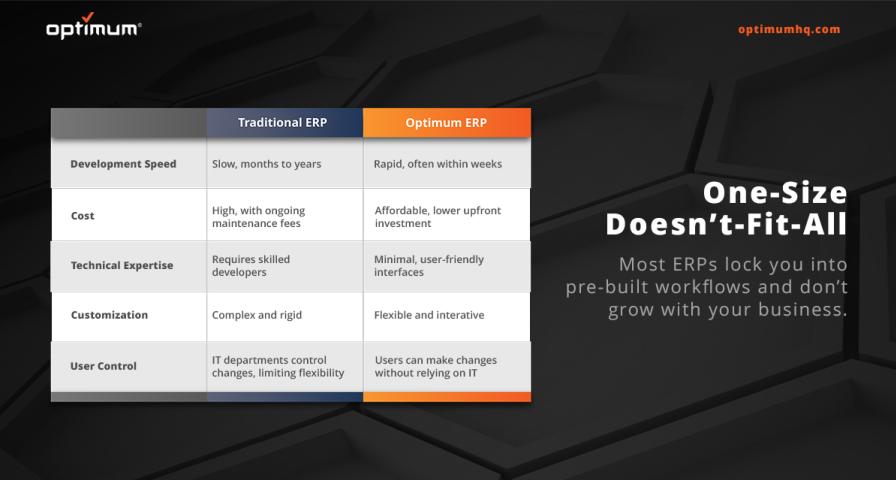In the dynamic landscape of modern business operations, staying competitive requires not only innovation but also efficiency. Enter Robotic Process Automation (RPA) software, a transformative technology that promises to revolutionize how businesses automate mundane tasks, streamline workflows, and ultimately drive significant cost savings. This article explores the ins and outs of RPA software, its benefits, implementation considerations, and addresses key FAQs to help you understand why this technology is becoming indispensable in today's digital era.
Understanding Robotic Process Automation Software
Robotic Process Automation (RPA) software utilizes bots or digital workers to automate repetitive tasks traditionally performed by humans. These tasks can range from data entry and invoice processing to customer service interactions and report generation. The software mimics human actions within digital systems to execute processes accurately and efficiently, without the need for human intervention once properly configured.
Benefits of Robotic Process Automation Software
1. Enhanced Efficiency and Productivity
One of the primary advantages of RPA software is its ability to significantly enhance operational efficiency and productivity. By automating repetitive tasks, employees can focus on more strategic activities that require human judgment and creativity. This leads to faster task completion times, reduced errors, and increased throughput.
2. Cost Savings
Implementing RPA software can result in substantial cost savings for organizations. By automating tasks that would otherwise require manpower, businesses can reduce labor costs and allocate resources more effectively. Additionally, the efficiency gained from automation can lead to faster turnaround times and improved customer satisfaction, further contributing to financial benefits.
3. Improved Accuracy and Compliance
Human error is inevitable in manual processes. RPA software, on the other hand, performs tasks with a high degree of accuracy and consistency, minimizing errors and ensuring compliance with regulations and internal policies. This is particularly crucial in industries such as finance, healthcare, and manufacturing where precision and adherence to standards are paramount.
4. Scalability and Flexibility
RPA software is highly scalable, allowing businesses to automate processes across departments and functions as needed. Whether it's scaling operations during peak periods or adjusting to changes in business demands, RPA provides the flexibility to adapt quickly without compromising efficiency or quality.
Implementation Considerations
While the benefits of RPA software are compelling, successful implementation requires careful planning and consideration of several factors:
1. Process Identification and Assessment
Begin by identifying and assessing processes that are suitable candidates for automation. Focus on tasks that are repetitive, rule-based, and have a clear set of instructions.
2. Stakeholder Engagement and Buy-In
Engage stakeholders early in the process to gain their support and insights. Collaboration between IT teams, business units, and end-users is essential for successful RPA implementation.
3. Scalability and Integration
Choose an RPA software that integrates seamlessly with existing IT infrastructure and can scale as your business grows. Consider factors such as security, compliance, and support when selecting a vendor.
FAQs About Robotic Process Automation Software
FAQ 1: How can RPA software benefit small businesses?
RPA software can benefit small businesses by automating repetitive tasks, reducing operational costs, and allowing employees to focus on value-added activities. It enables scalability without significant investments in additional manpower.
FAQ 2: What industries can benefit most from RPA software?
Industries such as finance, healthcare, manufacturing, and telecommunications can benefit significantly from RPA software due to their reliance on repetitive processes and stringent regulatory requirements.
FAQ 3: What are the challenges of implementing RPA software?
Challenges may include identifying suitable processes for automation, managing change within the organization, ensuring data security, and integrating RPA with existing IT systems seamlessly.
Conclusion
Robotic Process Automation software represents a paradigm shift in how businesses approach efficiency and productivity. By automating mundane tasks, reducing errors, and enhancing scalability, RPA software empowers organizations to achieve operational excellence and competitive advantage in a rapidly evolving market. As businesses continue to embrace digital transformation, investing in RPA software is not just an option but a strategic imperative to thrive in the digital age.
In conclusion, the adoption of RPA software is not just about automating processes; it's about transforming the way businesses operate, innovate, and deliver value to customers and stakeholders alike. Embrace the future of automation with RPA software and unlock new levels of efficiency and growth for your organization.














